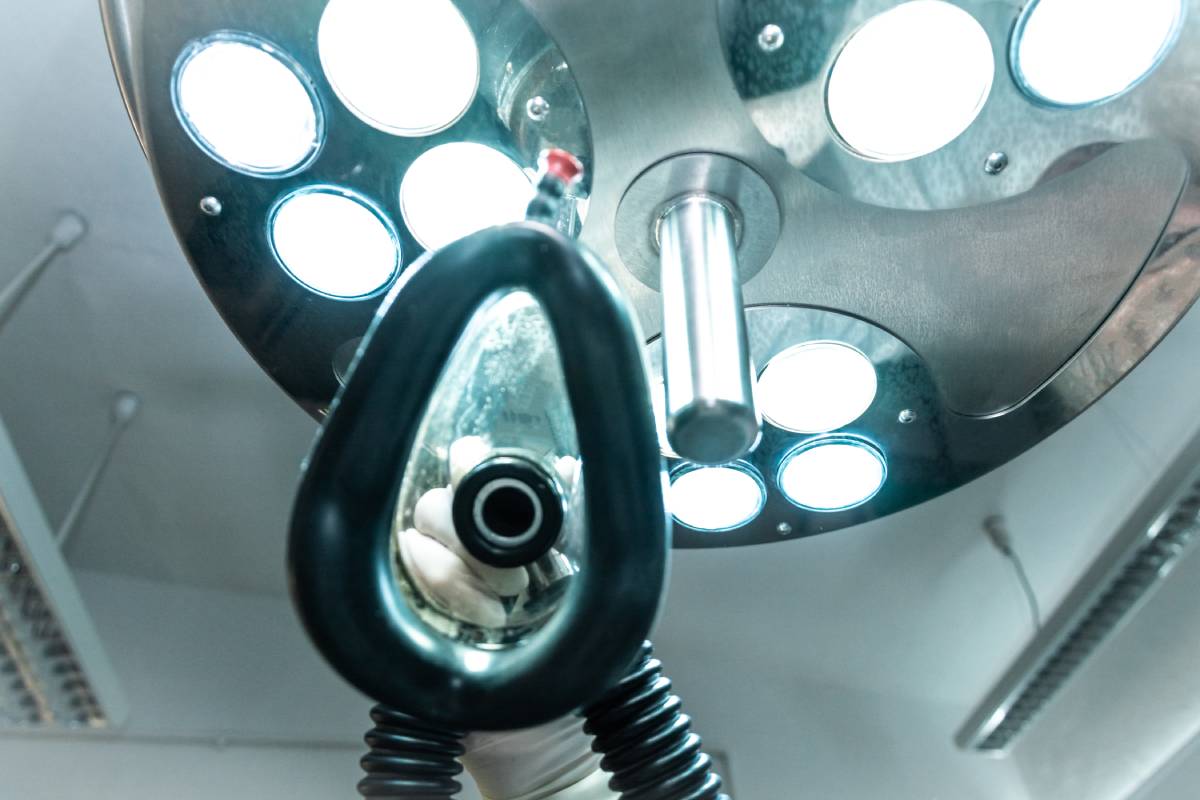Over the last several decades, extensive research has deepened the collective understanding of pain mechanisms and consciousness. Between 1960 and 2009, published research related to pain within biomedical journals grew rapidly [1]. However, the development of novel, breakthrough analgesics and anesthetics stalled considerably. All general anesthetics currently in use require administration by a skilled specialist due to the potential for significant side effects or misuse [2]. That makes it more difficult and expensive for patients to access necessary care that involves treatment with anesthesia.
Because of these shortcomings, most research into the development of anesthetics has involved modifying existing drugs to have fewer or less severe side-effects [3]. Current research suggests that a handful of drug classes have the greatest potential for developing effective anesthetic analogs. In particular, research into analogues of propofol and midazolam appears promising [3]. Another area of study is the modification of local anesthetics to extend analgesic effects without the need of a perineural catheter, as catheters carry several health risks and require more extensive education of the patient on postoperative care [4].
Controlled drug release from microspheres is a method that has garnered significant interest for achieving long-lasting analgesia without a catheter [5]. Treating perioperative pain using extended-release local anesthetics such as liposomal bupivacaine can reduce opioid consumption. This is optimal given that opioids are associated with a high addiction rate as well as adverse side effects such as nausea and respiratory depression, which can be fatal [4]. By making perioperative pain management simpler and less risky, extended release of single-dose local anesthetics could shorten hospital stays and allow for a higher volume of ambulatory procedures.
In 2015, a group of researchers from Penn Medicine uncovered two compounds of a novel chemical class that functioned as non-toxic anesthetics in mice [6]. More extensive research still needs to be conducted before these compounds can be used in medical practice. However, the compounds are remarkable in that they are unrelated to any general anesthetics currently in use, which could make them the first totally novel anesthetics to be discovered since the 1970s [6].
Both general and local anesthetics are necessary for maximizing patient comfort during and after an operation. However, anesthetics as they currently exist have the potential for significant negative side effects. Some of these side effects, such as systemic toxicity, can be fatal. Methods of administration for local anesthetics pose additional problems, as single-dose anesthetics provide analgesia for only a few hours and catheters carry health risks. The last few years have produced promising research into both modifications of currently existing drugs and completely novel anesthetics. Given further research, these advances could shape medical practice in the future by making sedation and pain treatment easier and safer for the patient, thus improving outcomes and patient satisfaction.
References
[1] Kissin, Igor. “The Development of New Analgesics Over the Past 50 Years: A Lack of Real Breakthrough Drugs.” Anesthesia & Analgesia, vol.110, no.3, 2010, pp.780–789, doi: 10.1213/ane.0b013e3181cde882
[2] McGrath, M. and D.E. Raines. “Anesthetic Drug Discovery and Development: A Case Study of Novel Etomidate Analogs.” Chemical and Biochemical Approaches for the Study of Anesthetic Function Part B, 2018, pp. 153–169, doi:10.1016/bs.mie.2018.01.026
[3] “US General Anesthesia Drugs Market in 2021.” BioSpace, 22 Feb. 2021, https://www.biospace.com/article/us-general-anesthesia-drugs-market-in-2021-exclusive-analysis-report/
[4] Prabhakar, Amit, et al. “Liposomal Bupivacaine and Novel Local Anesthetic Formulations.” Best Practice and Research Clinical Anesthesiology, 2019, doi: 10.1016/j.bpa.2019.07.012
[5] Wei, Yi, et al. “Recent Research and Development of Local Anesthetic-Loaded Microspheres.” Journal of Materials Chemical B, 2020, pp. 6322-6332, doi: 10.1039/D0TB01129K.
[6] Perelman School of Medicine at the University of Pennsylvania. “Possible New General Anesthetics Discovered.” Science Daily, 20 Jan. 2015, https://www.sciencedaily.com/releases/2015/01/150120085611.htm
